Dances in Panama Rhythmic Tapestry: Unveiling the National and Regional Dances of Panama
Introduction:
Nestled at the crossroads of North and South America, Panama is a nation of diverse cultures and rich histories. Its dances, both national and regional, echo the fusion of indigenous, African, and Spanish influences that have shaped the country’s vibrant cultural landscape. From the exuberant beats of the Tamborito to the symbolic storytelling of the Diablicos Sucios, Panama’s dances are a testament to the nation’s dynamic identity. This exploration delves into the origins, characteristics, and cultural significance of Panama’s national and regional dances.
I. National Dances:
1.1 Tamborito: The Heartbeat of Panama
Tamborito, often considered the national dance of Panama, is a rhythmic spectacle that encapsulates the country’s multicultural heritage. Characterized by the beat of the drum, intricate footwork, and lively choreography, Tamborito is a celebration of Panama’s diverse cultural influences. Dancers, clad in traditional polleras and montunos, move to the infectious rhythms, creating a vibrant visual and auditory experience that embodies the spirit of Panama.
1.2 Cumbia Panameña: Afro-Colonial Fusion
Cumbia Panameña, a distinctive variation of the Afro-Colombian dance form, is a lively and energetic dance that reflects the African and indigenous roots of Panama. Accompanied by traditional instruments such as drums, maracas, and clarinets, Cumbia Panameña is a fusion of rhythmic complexity and expressive movements. The dance serves as a testament to the Afro-Colonial influence that has permeated Panama’s cultural expression.
II. Regional Dances:
2.1 Diablicos Sucios: Symbolic Storytelling in Las Tablas
Diablicos Sucios, originating in the town of Las Tablas, is a unique and symbolic dance that combines African, indigenous, and European elements. Dancers, adorned in colorful costumes and intricate masks, enact a theatrical battle between angels and devils. This dance is deeply rooted in religious traditions, reflecting the syncretic nature of Panama’s cultural tapestry and its ability to infuse symbolism into movement.
2.2 Mejorana and Tamborera: Musical Traditions of Azuero
Azuero, a region known for its rich folklore, boasts dances like Mejorana and Tamborera that are deeply intertwined with musical traditions. Mejorana, often performed with the mejorana guitar, is a solo dance that showcases the dancer’s skill and grace. Tamborera, on the other hand, is a communal dance involving lively footwork and rhythmic clapping, embodying the joyous spirit of Azuero’s cultural celebrations.
2.3 Punto: Rural Elegance in Veraguas
Punto, originating in the province of Veraguas, is a traditional dance that exudes rural elegance and simplicity. Dancers move gracefully in pairs, often accompanied by live music from guitars and violins. The dance reflects the agricultural lifestyle of Veraguas, portraying scenes of rural life through stylized movements and gentle gestures.
2.4 Congo: African Heritage in Portobelo
Congo, rooted in the Afro-Caribbean traditions of Portobelo, is a dance that pays homage to Panama’s African heritage. Dancers, dressed in vibrant costumes and masks, perform movements that mimic the interactions between captives and slave masters during the colonial period. Congo is both a cultural expression and a symbolic reenactment of Panama’s history, celebrating the resilience and creativity of Afro-Panamanian communities.
2.5 Pujllay and Diablada: Indigenous Roots in Ngäbe-Buglé
In the indigenous region of Ngäbe-Buglé, dances like Pujllay and Diablada reflect the cultural heritage of Panama’s indigenous communities. Pujllay is a ceremonial dance that celebrates the connection between humans and nature, often performed during agricultural festivities. Diablada, meaning “Dance of the Devils,” is a symbolic representation of the struggle between good and evil, combining indigenous and Spanish influences in a visually striking performance.
III. Characteristics of Panamanian Dances:
3.1 Cultural Fusion: Harmony of Influences
Panamanian dances are a harmonious fusion of indigenous, African, and Spanish influences, creating a cultural tapestry that reflects the diversity of the nation. The rhythmic complexity of Tamborito, the symbolic storytelling of Diablicos Sucios, and the elegant simplicity of Punto showcase Panama’s ability to weave together different cultural elements into a cohesive and expressive dance tradition.
3.2 Symbolic Narratives: Stories in Motion
Many Panamanian dances carry symbolic narratives that convey stories, histories, and cultural significance. Diablicos Sucios, with its theatrical battle of angels and devils, and Congo, with its reenactment of historical interactions, showcase how dance becomes a medium for storytelling and cultural expression in Panama.
3.3 Colorful Costumes: Visual Spectacle
Traditional attire plays a vital role in Panamanian dances, contributing to the visual spectacle of each performance. The vibrant polleras and montunos in Tamborito, the intricate masks in Diablicos Sucios, and the colorful costumes of Congo all add to the visual richness, reflecting the cultural nuances of different regions in Panama.
3.4 Expressive Movements: Cultural Communication
Panamanian dances are characterized by expressive movements that communicate cultural nuances, emotions, and narratives. The intricate footwork of Tamborito, the stylized gestures of Punto, and the symbolic movements in Diablada all showcase how dance serves as a powerful means of cultural expression and communication in Panama.
3.5 Communal Celebrations: Shared Identity and Joy
Many Panamanian dances involve communal celebrations, fostering a sense of shared identity and joy within communities. Whether in the exuberant festivities of Tamborito, the symbolic ceremonies of Diablicos Sucios, or the communal dances of Azuero, these traditions strengthen the bonds within communities, making them integral to Panamanian social and cultural life.
IV. Influences and Evolution:
4.1 Indigenous Preservation: Cultural Resilience
Dances like Pujllay and Diablada in Ngäbe-Buglé serve as a means of preserving and celebrating indigenous traditions in Panama. These dances are manifestations of cultural resilience, connecting contemporary Panamanians with their ancestral roots and heritage.
4.2 Afro-Panamanian Legacy: Celebrating Diversity
Dances such as Congo and Cumbia Panameña celebrate Panama’s Afro-Caribbean legacy, showcasing the resilience and creativity of Afro-Panamanian communities. These dances stand as celebrations of diversity, reflecting the contributions and cultural expressions of Afro-Panamanians.
4.3 European Influences: Synthesis of Traditions
Panama’s dances rooted in European influences, such as Punto and Diablicos Sucios, showcase the synthesis of traditions and the ability of Panamanian culture to incorporate diverse influences into its dance forms. While maintaining a connection to the past, these dances continue to evolve, adapting to contemporary times.
4.4 Contemporary Adaptations: Innovation in Dance
While deeply rooted in tradition, Panamanian dances continue to evolve with contemporary influences. The incorporation of modern dance elements, innovative chore ography, and the exploration of diverse musical genres contribute to the ongoing innovation within Panama’s dance culture, ensuring its continued relevance for new generations.
V. Conclusion:
Panama’s national and regional dances form a dynamic and diverse tapestry that reflects the country’s cultural richness, historical depth, and regional nuances. From the rhythmic beats of Tamborito to the symbolic storytelling of Diablicos Sucios, each dance encapsulates a unique facet of Panama’s identity.
As Panama continues to evolve, its dances adapt to changing times while holding steadfast to the roots embedded in centuries-old traditions. The dance traditions of Panama are a testament to the resilience of its indigenous, African, and European influences, inviting people to explore the stories, rhythms, and cultural expressions that define the nation. Through each movement, melody, and celebration, the dances endure as living expressions of a rich and diverse cultural legacy, inviting the world to join in the rhythmic tapestry of Panama.


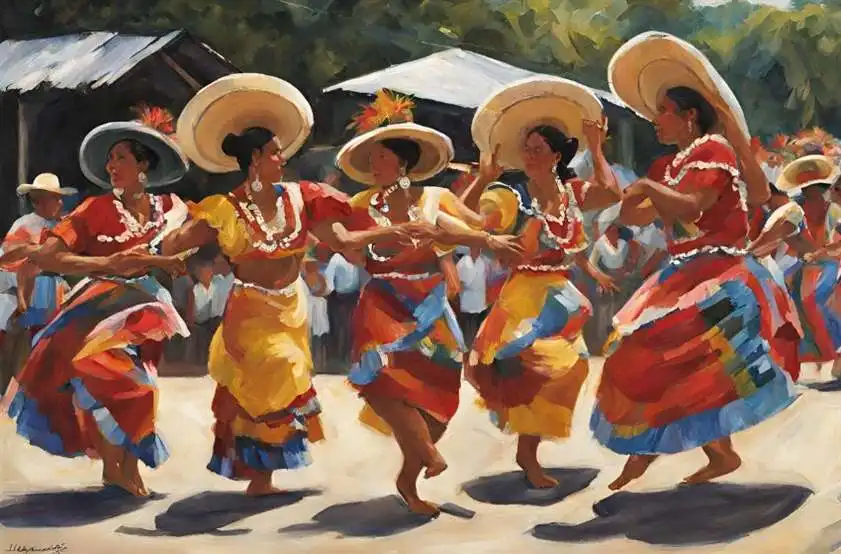
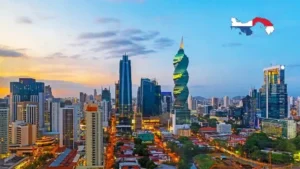
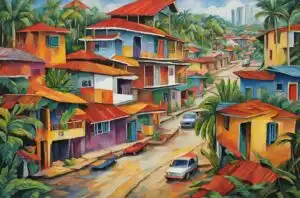
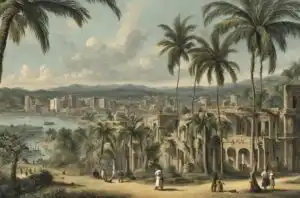
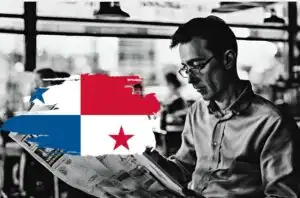

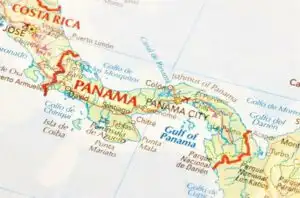


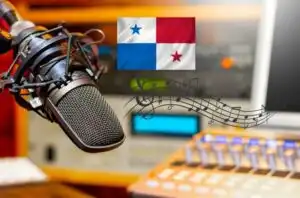
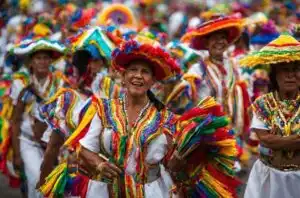


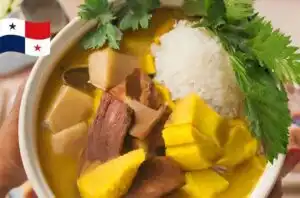
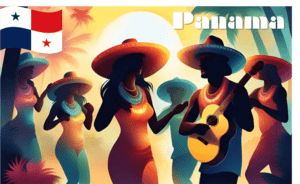

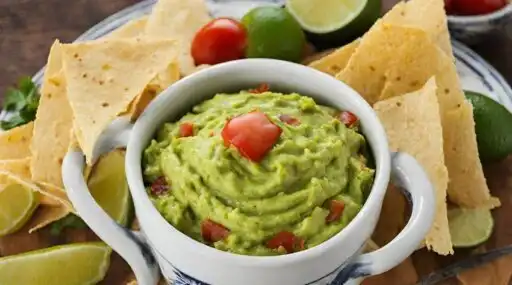

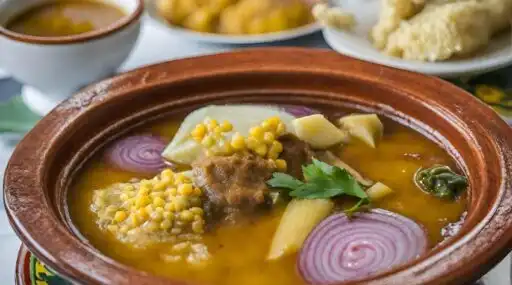
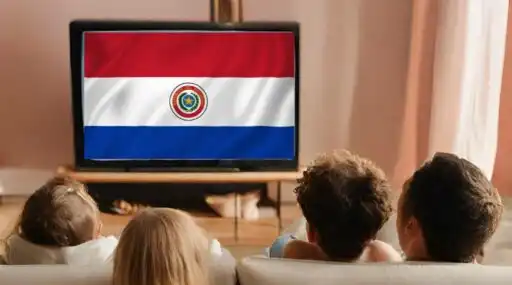
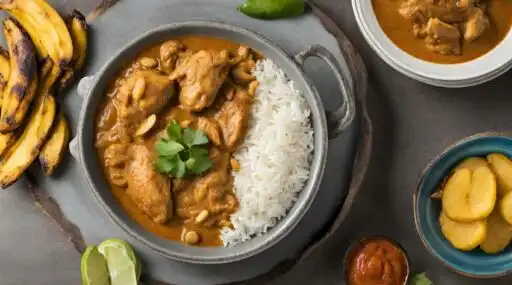
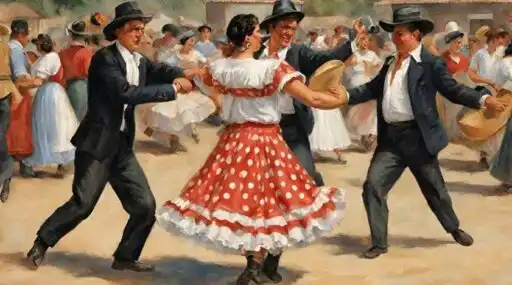

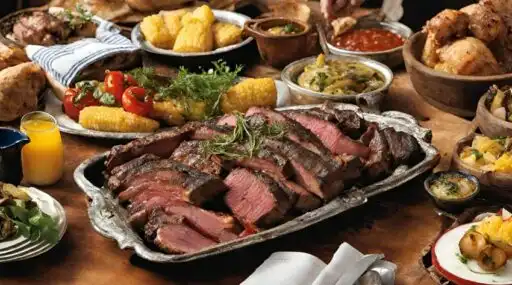





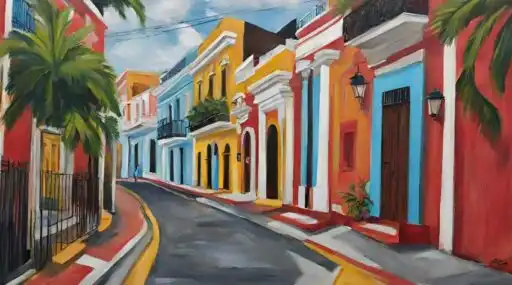
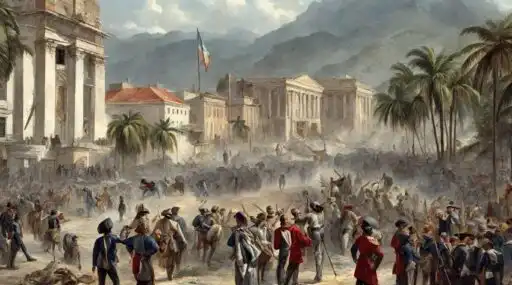
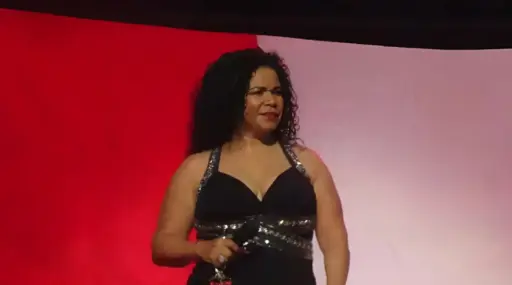
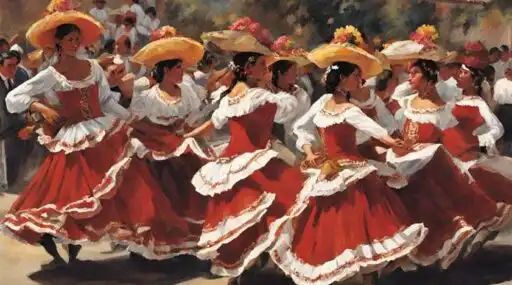

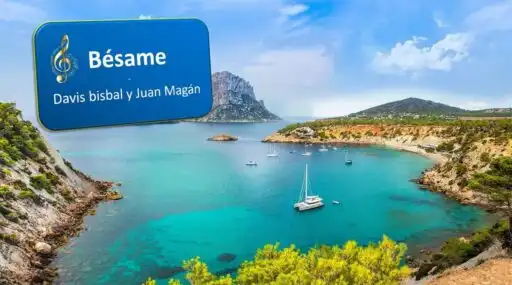
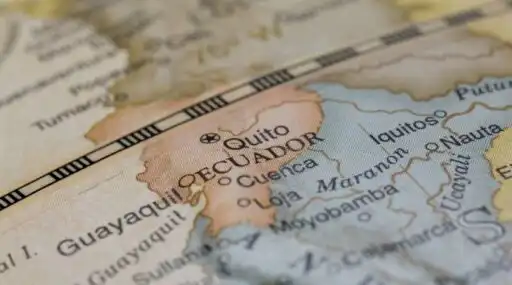
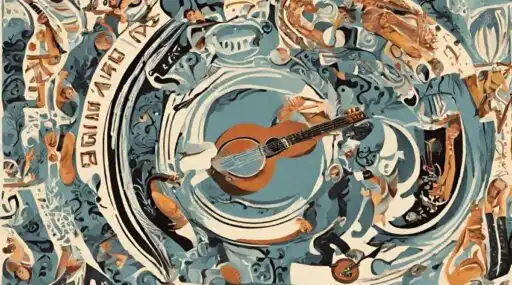
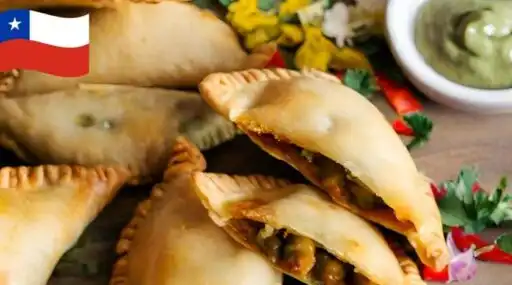

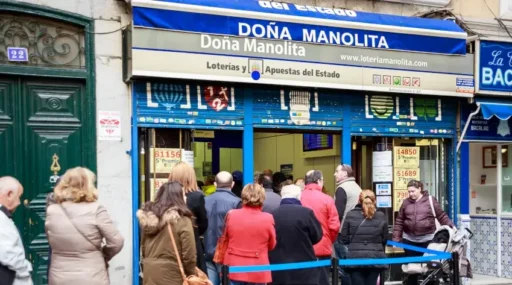

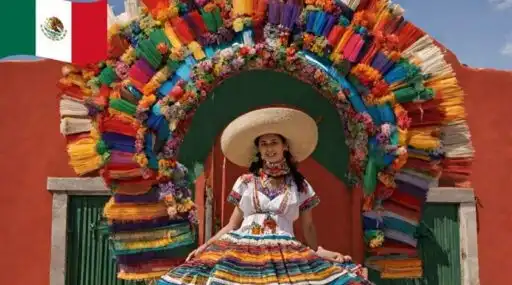

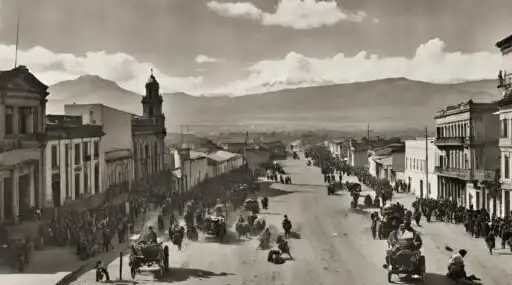
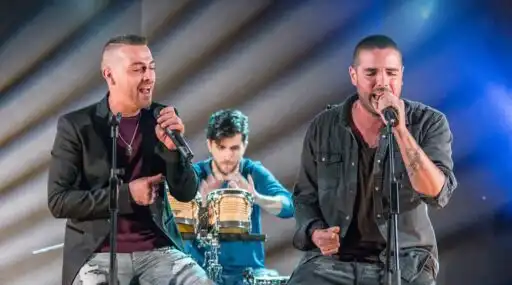
Leave a Reply